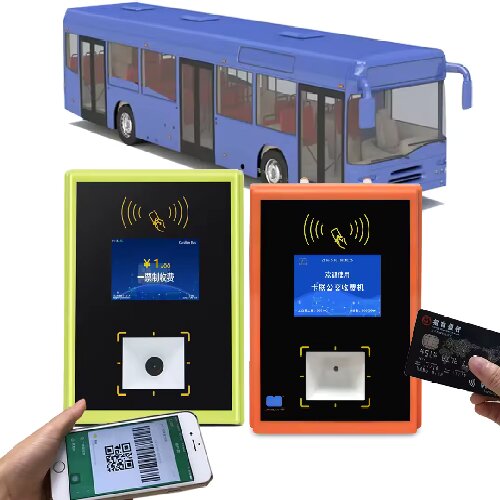What is a Validator on a Bus?
Public transportation systems play a vital role in urban mobility, providing an efficient and cost-effective means of travel. To manage fare collection and streamline operations, many buses are equipped with electronic devices known as validators. A bus validator is an essential component of automated fare collection systems, designed to verify passengers' payments and grant them access to transportation services. This essay explores the function, types, benefits, and overall importance of bus validators in modern transit systems.
Function of a Bus Validator
At its core, a bus validator's primary role is to confirm that a passenger has paid the appropriate fare before or during their journey. When a passenger boards the bus, they interact with the validator by presenting a form of payment, such as a contactless transport card, a mobile app with a QR code, or a traditional paper ticket. The validator quickly scans or reads the ticket, verifies its validity, and records the transaction. If the payment is valid, the device typically emits a confirmation sound or displays a green light. In contrast, invalid payments trigger a rejection notification, such as a red light or a distinct sound.
Types of Bus Validators
Bus validators come in various types, depending on the payment methods they support. The most common types include:
1.Contactless Card Validators: These are designed to read RFID or NFC-enabled transport cards, allowing passengers to tap their card on the device for quick fare processing.
2.QR Code Validators: These devices scan QR codes on digital tickets, often displayed on a passenger’s smartphone or printed on paper.
3.Hybrid Validators: Supporting multiple payment methods, hybrid validators can process transport cards, QR codes, and sometimes even credit or debit cards for open-loop payment systems.
4.Barcode Scanners: Primarily used for paper tickets, these validators scan barcodes printed on the ticket to confirm payment.
Modern validators are increasingly versatile, accommodating a variety of payment methods to meet the needs of diverse passenger groups.
Benefits of Bus Validators
Bus validators offer numerous benefits, both for transit operators and passengers. For operators, they provide an efficient and reliable way to collect fares, reducing the need for manual ticket inspections. This speeds up boarding, allowing buses to stick to their schedules more effectively. Validators also enhance accuracy in fare collection, minimizing revenue losses due to fare evasion or human error.
For passengers, validators offer a seamless and convenient experience. Instead of fumbling for cash or waiting in line to purchase a ticket, passengers can quickly tap or scan their payment method, reducing boarding times and improving overall satisfaction. Additionally, validators promote the use of digital payment methods, making public transportation more accessible and user-friendly.
The Role of Validators in Modern Transit Systems
Bus validators play a crucial role in the modernization of public transportation. By integrating with automated fare collection systems, they enable real-time data collection and analysis. Transit authorities can use this data to monitor ridership patterns, optimize routes, and make informed decisions about service improvements. Furthermore, the adoption of advanced validators aligns with broader trends in urban mobility, such as contactless payments and smart city initiatives.
Conclusion
A bus validator is more than just a ticket-checking device; it is a cornerstone of efficient, modern public transportation systems. By verifying payments swiftly and accurately, validators enhance the passenger experience while streamlining operations for transit authorities. As technology continues to evolve, bus validators are likely to become even more sophisticated, supporting a wider range of payment options and contributing to the development of smarter, more sustainable cities.